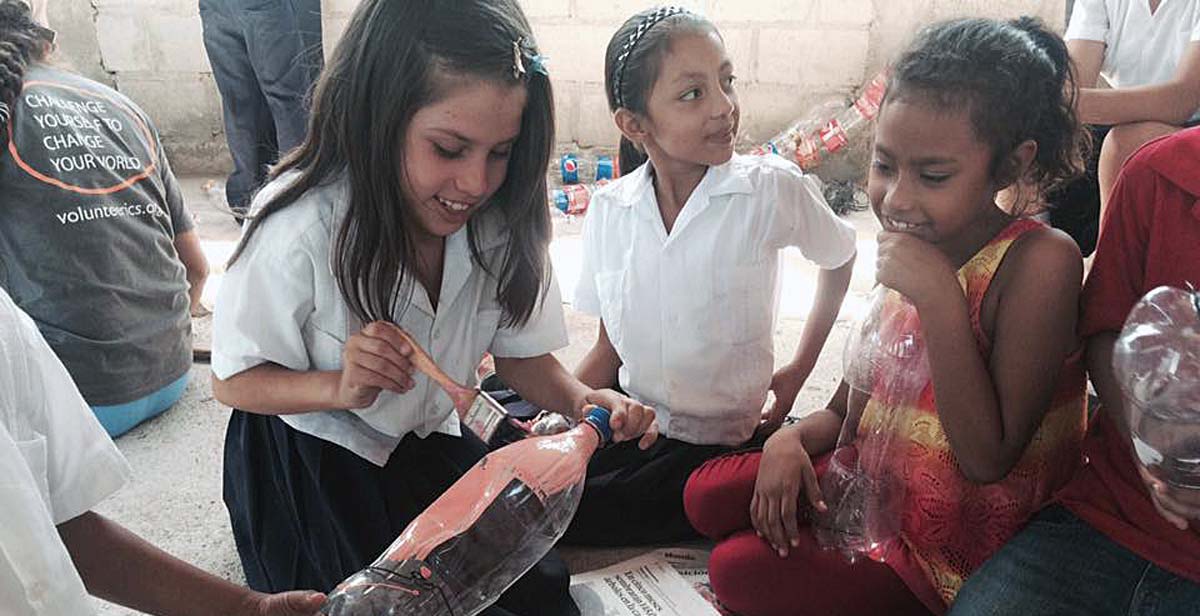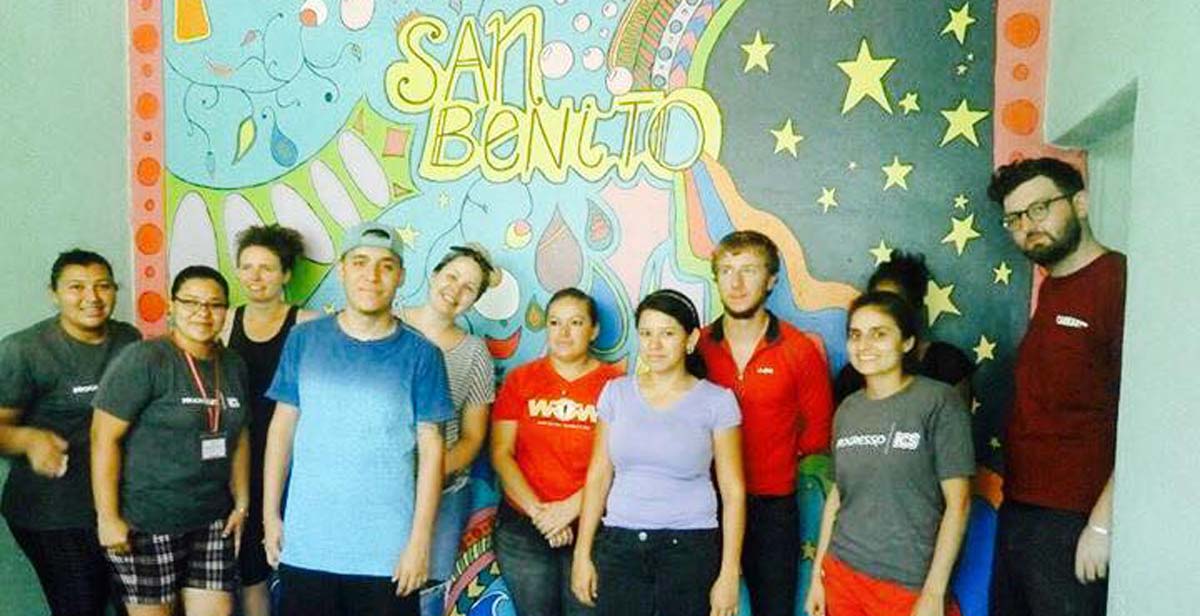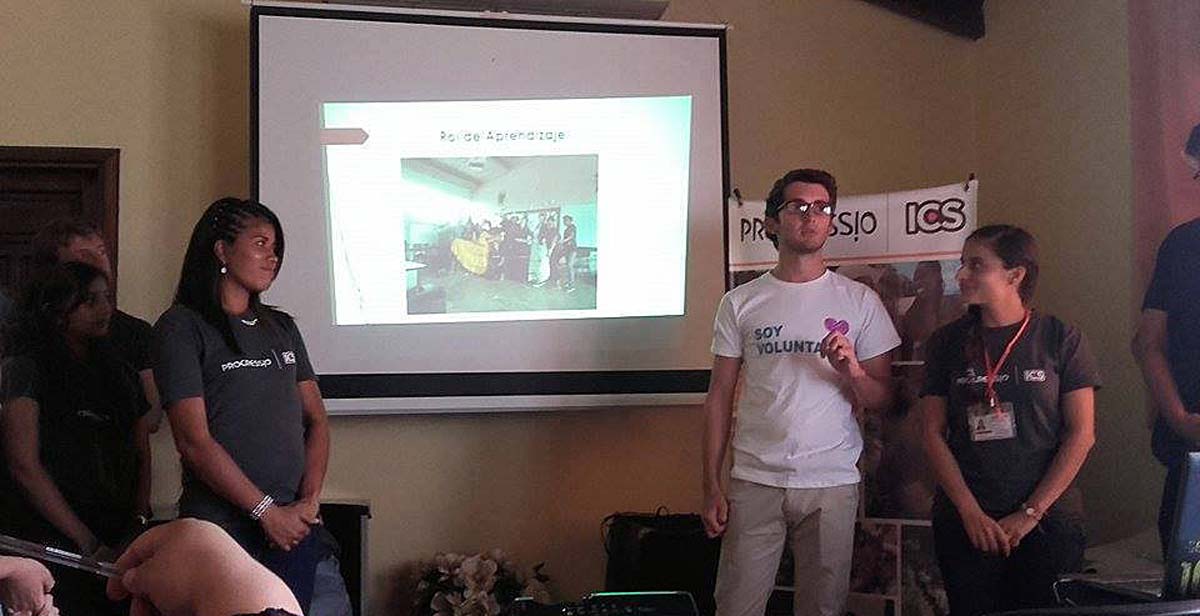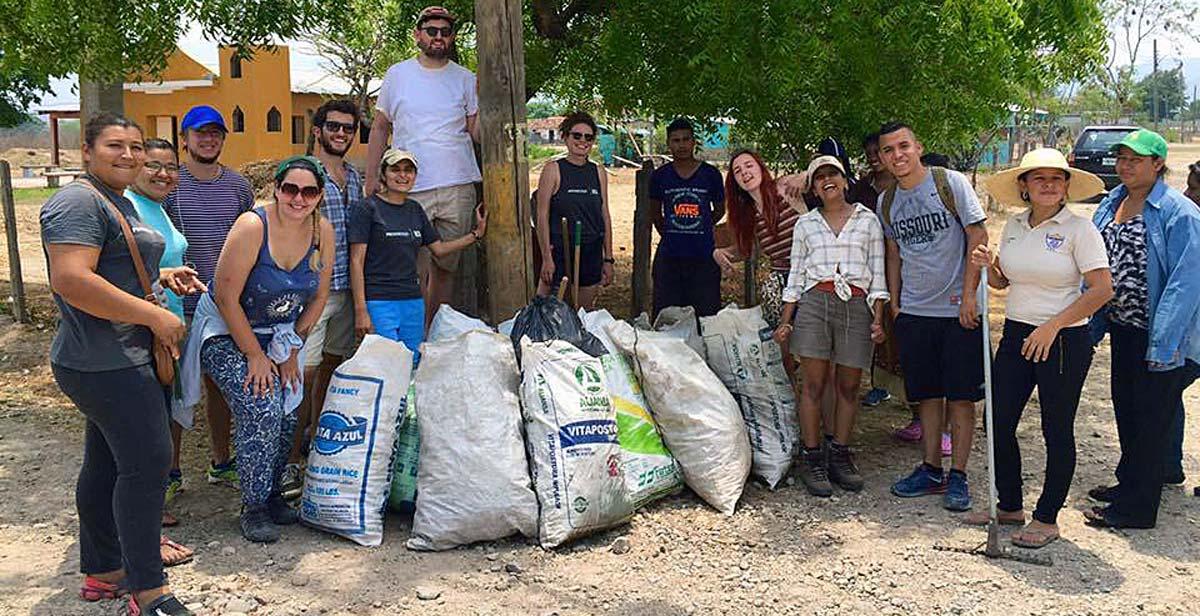The current projects in Honduras are focused on school development, one school in Villa de San Antonio and the second in more rural San Benito (my school). We are the first cycle of three. In London, we were told that being part of the initial cycle may feel like a slow progression, and that we may not see the impact we are having but the groundwork we are doing is vital for the following cycles. As the weeks roll on, it is obvious to all us volunteers how true this statement is. Our aim for the school is not only to be an institution providing good quality education, but to become a focal point in the community. Whilst we are on track for this, it is worth noting some of the challenges we have faced. Challenges related to building the initial relationships with not only the school pupils, but the community and our partner organisation.
Being the first cycle of volunteers in this school, there has been a lot for the children to adjust to. There are only 84 pupils attending and therefore having an additional 13 volunteers, some of whom speak a different language and come from a completely different place, is enough to be very noticeable. At first I was worried our presence was more of a distraction for them, especially as they would jump, run around and be somewhat wild near us. As time has gone on, the pupils have become used to our presence at their school. We have slowly built relationships with each and every pupil, getting to know all their crazy but wonderful personalities. This I believe has evolved their attitudes to see us volunteers also as teachers and not just random people. This has been vital to encourage them to fully engage in the activity clubs and become involved with our campaigns (recycling being one of the biggest).

To have successful campaigns, projects and make a long term change, it is vital to have the community on our side and involved with what we are trying to achieve. Our first real encounter with the population of San Benito was at the welcome event we put on to introduce ourselves and our goals. All of the pupils’ parents were invited, along with some community groups. However, the turnout was very small compared to what we hoped it would be (around 15-20 when we expected 50+). In order to reach out to the community, we decided to hold a meeting with the Teachers’ Association. The aim was to discuss our project, their contacts to help with the labour required for construction and if they had any suggestions. By the end of the meeting, we had gained insight on what the community wanted from us, which included an extension of a repairing the roof project. Hot topics such as funding were discussed thoroughly, especially if we were going to do more than what was budgeted for. An idea was suggested to contact the local Mayor to ask for support. Following the meeting, we helped the community members send a proposal for the extension plans to the Mayor and to ask for the extra funding, which was later granted. This collaboration with the community gave us the chance to know what they want us to do to improve their school but also to encourage their involvement in our projects. In our recent clean-up campaign, several local residents volunteered to help, which was really inspiring for the group. It is after all the community that will continue our work once all cycles have left.

This is the first time Progressio are working with the partner organisation Glasswing. Before coming out to Honduras, I never really thought about the relationship between the two charities or what the involvement is from the partner organisation. The way it works is the project goals and deadlines are outlined by Glasswing who we also call for equipment and resources, whereas Progressio provide the volunteers, whilst both contribute to funding for the project. As it is the first time the two organisations have come together, it is important to figure out the most effective way in getting things done. Some challenges we faced include not having the resources, such as the correct paint. The manuals we received to run the activity clubs we found sometimes to be unsuitable. But the biggest disruption was when the major infrastructure projects were postponed. This meant we had to be creative to find new projects to occupy our time (a lot of beautiful mural painting). Every two weeks we are visited by both charities to discuss the progress of our work and half way through the cycle we have the big mid-term evaluation to present our work, suggest improvements but also note the highlights. These meetings are excellent for forming solutions such as the best ways to receive some resources and suggesting better ideas for the manual, which will help the future cycles.

Working with two charities has given us a great insight on how NGOs operate. We have learnt that the administrative processes to show transparency with spending may cause delays, but also figured out the best ways to work with this process. We hope the groundwork and challenges that have been faced by being the first cycle will make things easier for the following cycles, all for the goal to make the school a great place for the kids we’ve grown to love.
Written by ICS volunteer Dharel Patel



